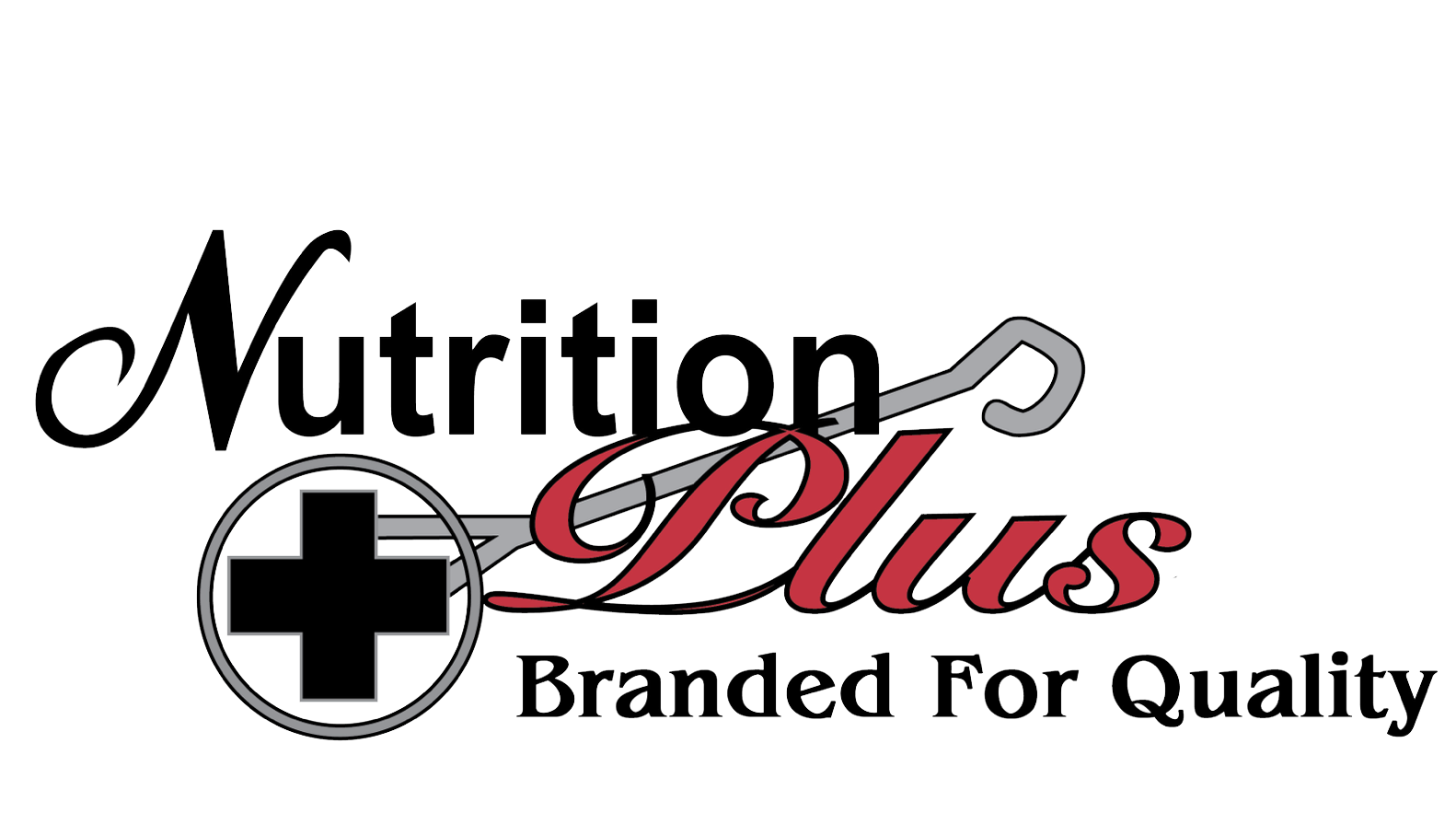BEEF CATTLE RESEARCH UPDATE Britt Hicks, Ph.D., PAS
Area Extension Livestock Specialist March 2022
Trace Mineral Source Impacts Rumen Trace Mineral Metabolism and Fiber Digestion
The source of trace minerals in animal feed may impact its digestibility. Research has shown that lactating dairy cows supplemented with hydroxy trace minerals had greater neutral detergent fiber (NDF) digestibility than those supplemented with sulfate trace mineral sources.1 Research has also shown that hydroxy forms of copper and zinc are relatively insoluble at neutral or slightly acidic pH ranges (rumen pH) and increase in solubility as pH decreases (abomasum and early small intestine), whereas sulfate forms of copper and zinc are almost completely soluble at neutral to slightly acidic pH ranges.2,3
Recent research conducted at Colorado State University examined the influence of trace mineral source on fiber digestibility, ruminal volatile fatty acid (VFA) composition, ruminal soluble concentrations of copper, manganese, and zinc, and relative binding strength of trace minerals located in the rumen insoluble digesta fraction.4 This study used 12 Angus steers fitted with ruminal cannulae that were fed a medium-quality chopped grass hay-based diet (contained 10.8% crude protein and 63.1% NDF on a dry matter [DM] basis) balanced to meet nutrient requirements for growing steers during a 21-day adaptation period. No supplemental copper, manganese, and zinc were fed during this time. After the 21-day adaptation period, the steers received one of two treatments: sulfate or hydroxy (IntelliBond C, M, and Z; Micronutrients USA LLC., Indianapolis, IN) trace mineral sources to provide 20, 40, and 60 ppm of supplemental copper, manganese, and zinc (DM basis), respectively. Following the 21-day adaptation period, total fecal output was collected for 5 days to measure fiber digestibility.
The influence of trace mineral source on nutrient digestibility is shown in Table 1. These researchers reported that steers supplemented with hydroxy trace minerals had greater NDF (P < 0.04) and acid detergent fiber (ADF) (P < 0.05) digestibility than those supplemented with sulfate trace minerals. In addition, DM (P < 0.07) and crude protein (CP; P < 0.06) digestibility tended to be reduced in steers supplemented with sulfate trace minerals.

On day 6, ruminal fluid was collected at 0-, 2-, and 4-hours post-feeding and analyzed for volatile fatty acids (VFA). It was reported that steers receiving hydroxy trace minerals had greater (P < 0.05) total VFA concentrations than sulfate trace mineral supplemented steers. Additional data showed that copper and zinc from hydroxy trace minerals had low solubility in the rumen and appeared to be less tightly bound to ruminal solid digesta than copper and zinc from sulfate trace minerals. The
lower ruminal soluble concentrations of copper and zinc in steers given hydroxy trace minerals were associated with greater fiber digestibility.
These authors concluded that steers supplemented with sulfate trace minerals had less fiber digestibility and total ruminal VFA concentrations than steers receiving hydroxy trace minerals. In addition, copper and zinc from sulfate trace minerals were more tightly bound to ruminal solid digesta than hydroxy trace minerals. They noted that the stronger binding of sulfate trace minerals to the ruminal solid digesta may indicate a reduction of the bioavailability in the small intestine.
1 Faulkner, M. J., and W. P. Weiss. 2017. Effect of source of trace minerals in either forage- or by-product- based diets for dairy cows: 1. Production and macronutrient digestibility. J. Dairy Sci. 100:5358–5367.
2 Spears, J. W., E. B. Kegley, L. A. Mullis. 2004. Bioavailability of copper from tribasic copper chloride and copper sulfate in growing cattle. Anim. Feed Sci. Technol. 116:1–13.
3 Genther, O. N., and S. L. Hansen. 2015. The effect of trace mineral source and concentration on ruminal digestion and mineral solubility. J. Dairy Sci. 98:566–573.
4 Guimaraes, O., S. Jalali, J. J. Wagner, J. W. Spears and T. E. Engle. 2021. Trace mineral source impacts rumen trace mineral metabolism and fiber digestion in steers fed a medium-quality grass hay diet. J. Anim. Sci. 99. Available at: https://doi.org/10.1093/jas/skab220.
Oklahoma State University, U.S. Department of Agriculture, State and local governments cooperating. Oklahoma Cooperative Extension Services offers its programs to all eligible persons regardless of race, color, national origin, gender, age, religion, disability, or status as a veteran and is an equal opportunity employer. Reference to commercial products or trade names is made with the understanding that no discrimination is intended and no endorsement by the Oklahoma Cooperative Extension Service is implied. Oklahoma State University, U. S. Department of Agriculture, State and Local governments cooperating. Oklahoma State University in compliance with Title VI and VII of the Civil Rights Act of 1964, Executive Order 11246 as amended, Title IX of the Education Amendments of 1972, Americans with Disabilities Act of 1990, and other federal and state laws and regulations, does not discriminate on the basis of race, color, national origin, gender, age, religion, disability, or status as a veteran in any of its policies, practices, or procedures.

